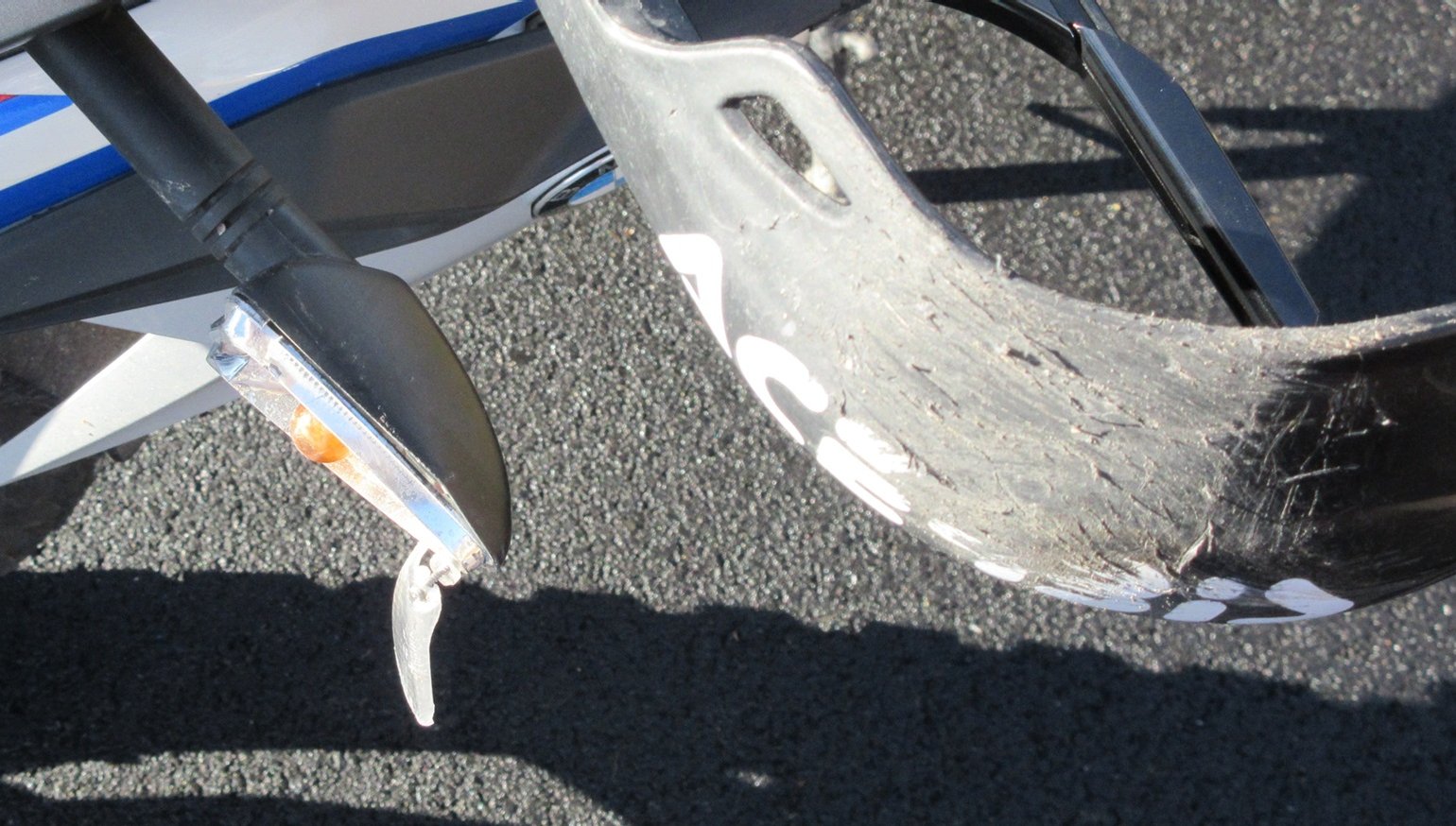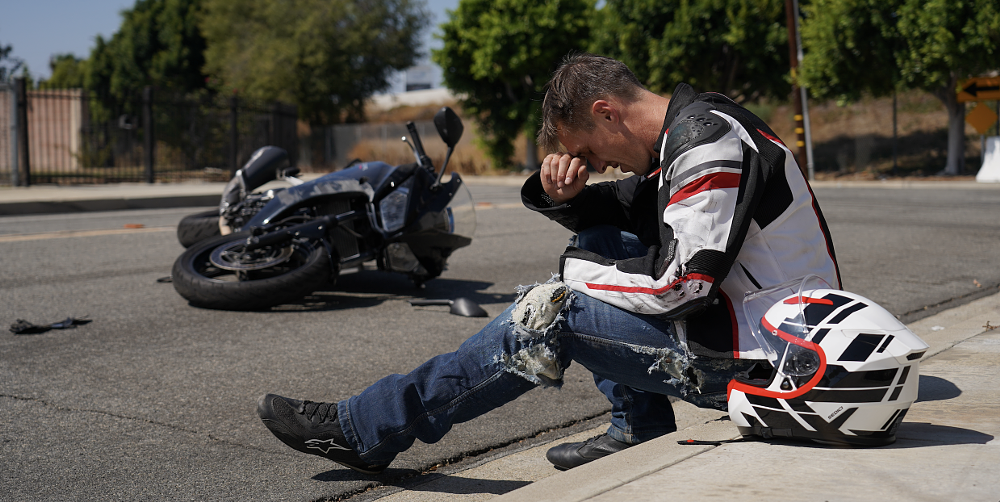The yips, a psychological condition painfully inflicted on many unfortunate sports(wo)men across many disciplines. The condition in which said sports person experiences a total loss of fine motor skill and muscle memory to perform their art.
Probably the most famous example of this would be the poor soul of Doug Sanders who missed a tiny putt for victory and then subsequently lost an 18-hole playoff in the 1970 British Open Championship. If you've ever seen the footage, you'll know that you can almost feel his pain as his arms contort grimly, and choking as he faces the most important moment of his career.
So, I hear you ask, What does all this have to do with motorcycling? Well, as I discovered after a lowside crash while commuting home from work one evening, quite a lot.
It wasn't until a week later that I fully understood the impact of the incident. The damage to my bike was superficial. I could understand feeling flustered during the rest of my journey. But for that following week, my riding skill seemed to have completely abandoned me. Gone were those silky smooth gear shifts, the progressive, delicate touch of the brakes, and flowing steering inputs. My instincts as a rider had been mentally locked away in a box in the back of my mind, and I had somehow unwittingly thrown away the key. I was now gripped by fear and only able to see all the dangers on my journey. Now, this ability to spot danger is no bad thing. It is an important skill that goes a long way to keeping us bikers alive. But if fear starts to consume you, it then begins to rob you of your ability to ride safely and effectively.
The mental side: What we can learn from sports
Fortunately for me, I'd been here before, just on a different playing field. As a once competitive amateur golfer, I had also experienced this total collapse of skill. And with the help of a sports psychologist, I managed to rebuild my form. So when I was faced with my lowside confidence erosion kicking about and had reflected on how I was feeling, I was quick to draw the comparisons and understand the why.
When a rider has an incident, they are often very quick to focus on their technique first. Now, there is clearly weight to this mindset. It could well be that poor technique is what caused the crash in the first place, or at least had a contributing factor. In my case, it would be easy to blame the driver crossing my path mid corner, but if I am to be self-critical, it was also a combination of too much speed in damp conditions and too much applied rear brake that was equally to blame. And as both a forward-thinking and self-reflective rider myself, only good can come from asking ourselves questions about how we can constantly improve.
But for me, I couldn't begin to address technique until I acknowledged and addressed the trauma of my incident. Fear causes tension in the body. It also creates an overactive mind. Not great attributes for anyone looking to pilot two wheels on a public highway. And also not a good starting point for anyone looking to rebuild their riding form. Once I had acknowledged the root feeling that I was experiencing, I could then start on the remedial pathway back to a safe ride.
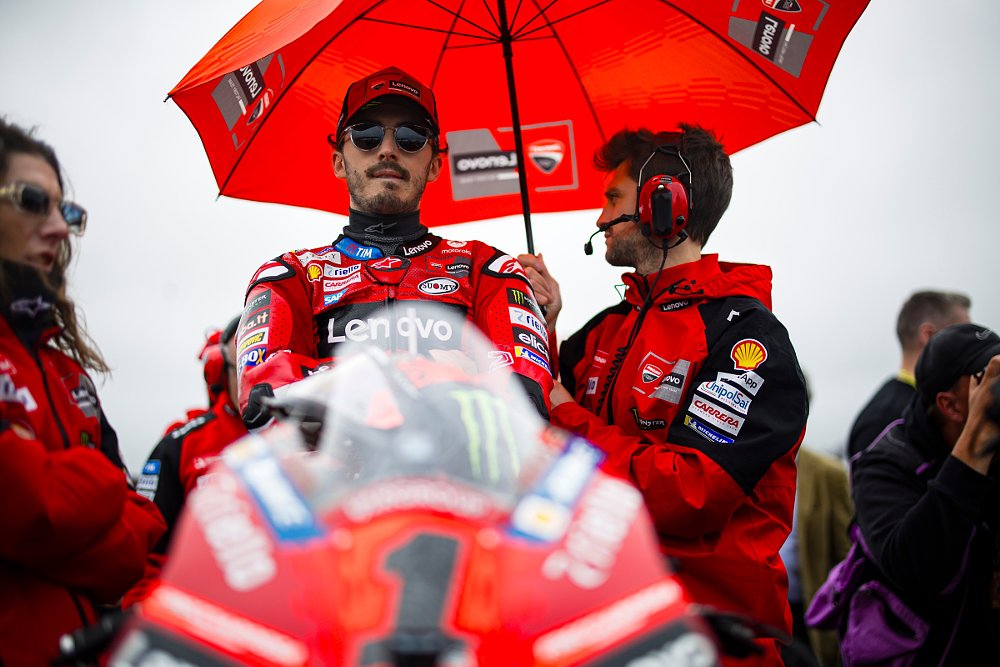
The steps toward recovering confidence
Visualization: the act of imaging an action in your mind over and over again. This technique is effective, as it engages the same neural pathways in your brain as if you were physically practicing the skill. So while you are lying awake in bed at night, reliving that scenic ride up through the twisties, or nailing that tight apex on your track day, as far as your brain is concerned that is as good as actually being there for real.
In my case, I spent all those free moments to myself visualizing my ride. I would imagine feeling the bite of the clutch, shifting through all the gears, countersteering smoothly through the bends, delicately feathering the brakes to scrub off speed. I imagined all of these sensations coming together to create that perfect ride. The fun thing about this is that it instantly becomes a joyful exercise. You get to ride all year round and on any road you want. You can even get creative, constructing the road as it unfolds in front of you.
But more importantly above this, you are safe. Safe to feel those sensations that make up a solid rider without the fear of what is coming out of the next corner. No deer ready to run out in front of you, no cars suddenly pulling into your path. Just pure freedom to train your muscle memory. I found that in the comfort of my own home and imagining my ride, I gradually became aware of how tense I was feeling in the physical world compared to how I felt in my mind.
As a result of this revelation, I was now excited to get back on the bike. From remembering how a good ride should feel, I was keen to see what progress my visualization had brought me. Being mindful of keeping my body loose, I very quickly started to see my form returning to me. The relaxed state of my body transmitted through to the bike. I was learning to trust the tires and become at one with the machine again.
In a brain imaging study at the University of Colorado Boulder, researchers carried out an experiment with 68 participants, training them to associate a sound with an uncomfortable electric shock. They were then divided into three groups. One group continued to be exposed to the same sound, the other asked to imagine the sound in their head, and the third to imagine bird and rain sounds, but all without the exposure to the shock. The research concluded that the groups hearing and imagining the threatening sound had similar brain activity. After repeatedly hearing or imagining the sound, but without the shock, the participants lost their fear of the sound.
My visualization of my riding had addressed half of my problem. My body was more willing to perform, so I was now better equipped to deal with my mind. As mentioned earlier, my mind was distracted by all the dangers to a level that I felt was unhealthy. It was on overdrive.
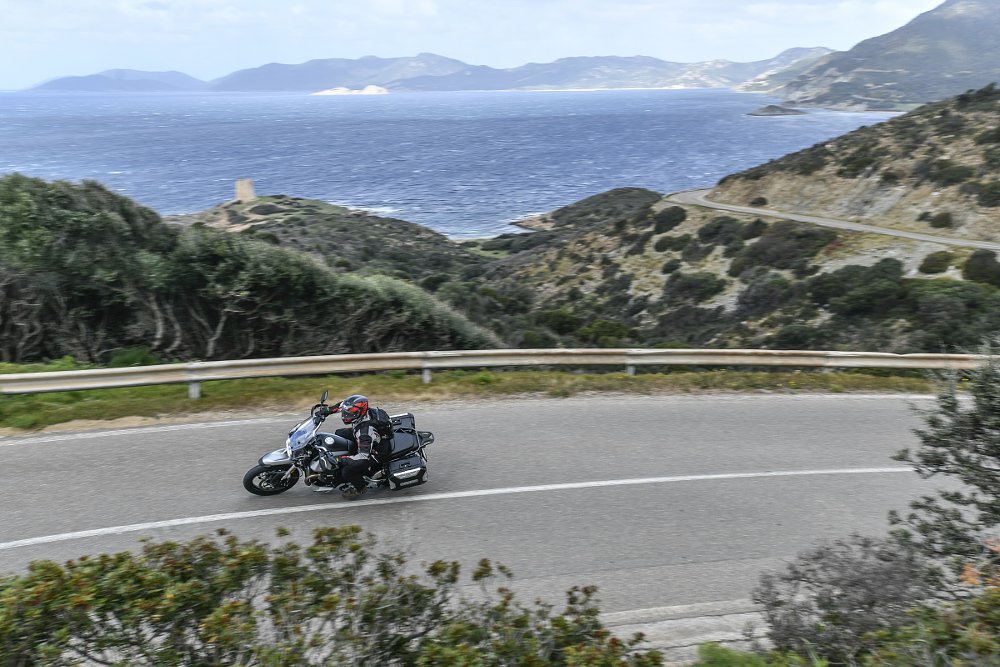
So I adopted another mind trick from my golfing days. I started doing a running commentary of my movements. Now I slightly adapted this exercise to commentate more on my read of the road rather than my physical action. I would describe out loud which way the road curved, the condition of the road, blind spots and other road users' positions relative to me, to name but a few. Interestingly, I discovered that here in the UK, advanced police drivers are also encouraged to do this as part of their training. Carrying out this exercise, I found that my mind became more focused and less cluttered. There was no room for that distracting voice in my head trying to misinform me about the imaginary lack of grip in my rear tire. And as I became more focused on being in the moment, I found that my muscle memory was naturally taking care of the ride. My mind was scanning and collecting the data and my body was reacting positively and autonomously, again starting to actuate the machine smoothly and calmly.
At this point, my visualization and running commentary exercises were reinforcing each other and helping to ingrain a more positive and confidence-inspiring riding skillset. Each time I get on my bike, I feel more and more in tune with myself and the bike, always raising the ceiling on how good I think I can be.
My hope is that my experience can help other riders who are going through a similar problem. When I first sought help from a sports psychologist, she asked me what problems I was having on the golf course. Unknown to me at the time, as I described the dramatic loss of skill, she was studying my body language. She said she wasn't surprised by how tense and closed off my body looked. I was so stuck in my head that I couldn't see it for myself. One bad experience after another, my brain had slowly collected bad experiences on the golf course, giving way to trauma.
If you feel out of sorts and can't get your head back in the game after coming off your bike, before you jump straight back on and think that getting miles under your belt is the answer, first ask yourself, "How am I doing mentally?" In my case, my approach was definitely more enlightening and effective for me.
And I get to ride through canyons every night as I wait to fall asleep. Sounds like a win/win to me.


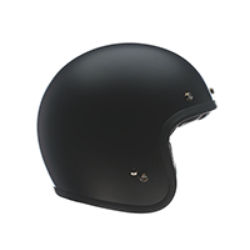

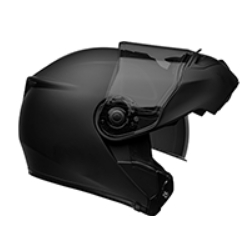

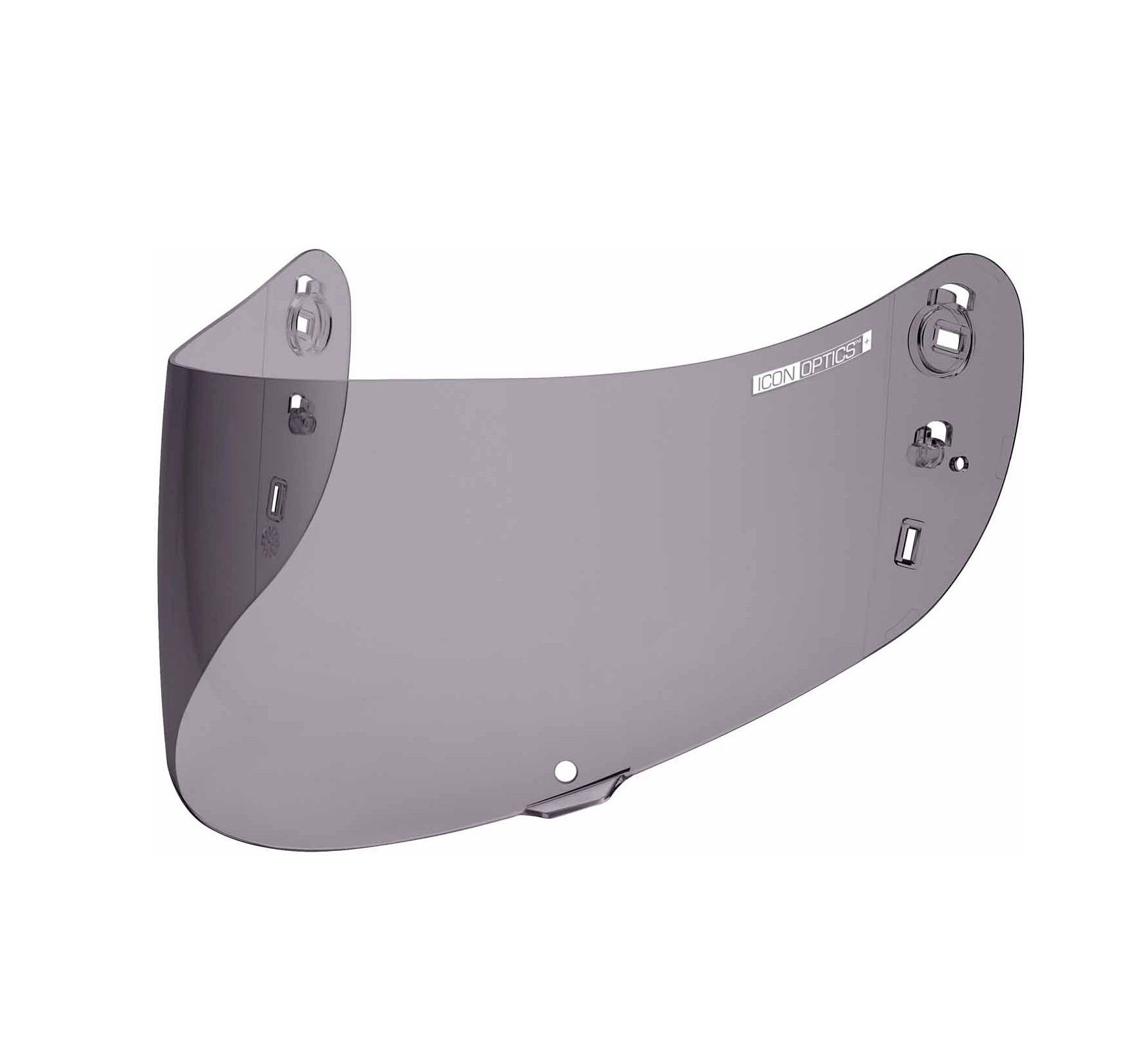
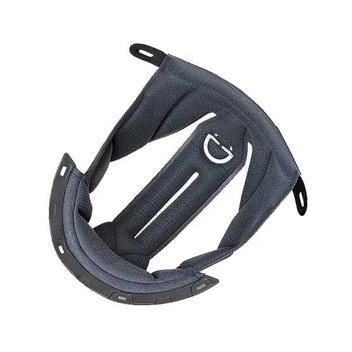
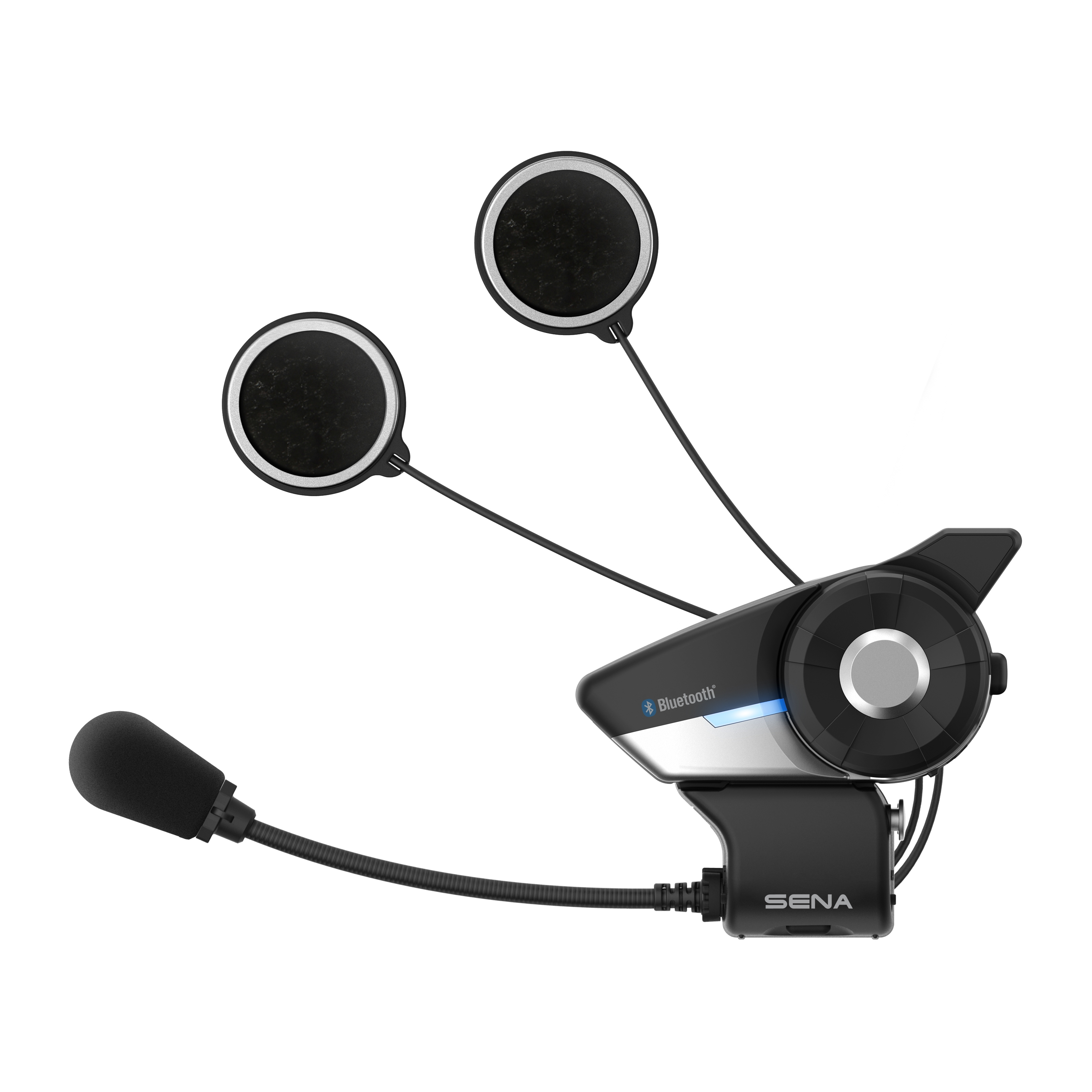


 Membership
Membership

